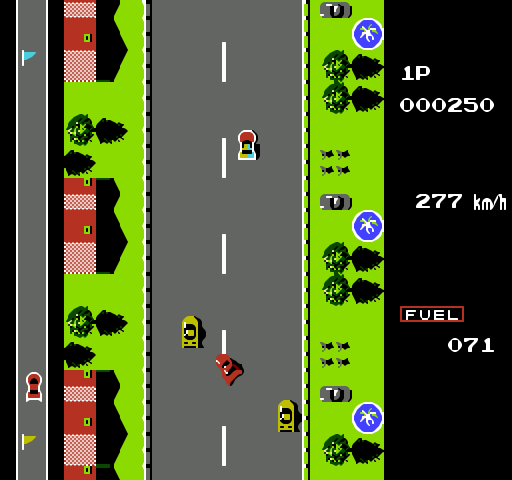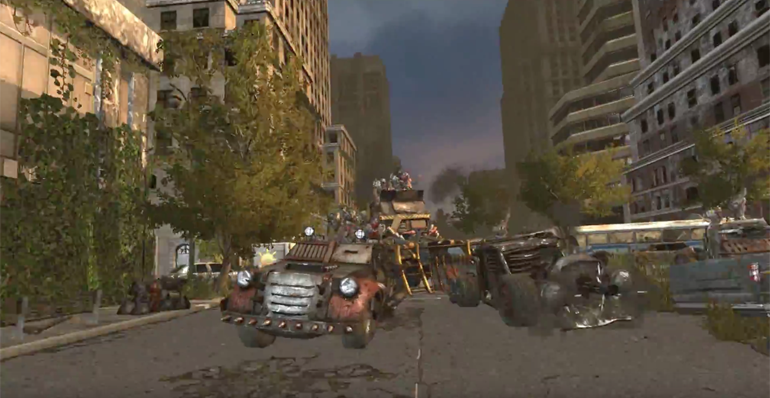

Reviewing the arcade version, Next Generation praised the support for up to four players, challenging AI, multiple tracks, ability to switch between manual and automatic mid-race, tight controls, powerslides, car selection, and generally fast-paced racing, but nonetheless concluded the game to be only slightly above average, and scored it three out of five stars. The player also has a unique selection of normal cars and tuned cars. Although different from the 2-D Road Fighter, the scenery is similar to other racing games set in Japan such as Initial D Arcade Stage and Wangan Midnight, except the cars are not licensed. Its main selling point was that it allows the player to shift back and forth between manual and automatic transmission during races. In Europe, the PlayStation version is just titled Midnight Run, removing the Road Fighter connection. While the arcade version was released worldwide, the PlayStation version was only released in Japan and Europe. Midnight Run: Road Fighter 2 is the sequel to Road Fighter, released in arcades in March 1996, and on the PlayStation in 1997. Road Fighter was made available on Microsoft's Game Room service for its Xbox 360 console and for Windows-based PCs on March 24, 2010.ġ996 video game Midnight Run: Road Fighter 2

The arcade game was released for i-mode phones in Japan in 2005. The game was included on Konami Arcade Classics in 1999 and on Konami Classics Series: Arcade Hits for the Nintendo DS. The game was later released for the MSX home computer system in 1985 and the Nintendo Entertainment System in Japan (1985) and in Europe (1992), and followed the same format as the original. Konami Man will make a cameo appearance, flying by the side of the road if the player progresses to a certain point in the level without crashing (not included on course 2 in NES and Famicom versions). Trucks go on a straight way, but colliding with them causes the player to crash. Blue cars vary in the way they change their lane. Red cars are a little less likely to appear, but they will change the lane they are travelling in once to get in the way of the player. Yellow cars will travel along a straight line and occur in large numbers. The NES and Famicom version have a total of 6 types of cars, 1 yellow and red, three blue and one truck. If the player collides into any other car or slips on occasionally appearing patches of oil, the car will begin to spin out and if not corrected may crash into the side barriers, causing a loss of 5-6 fuel units. The player has a limited amount of fuel and can earn more by touching special multi-colored cars. Pressing the 'B' button raises the player's speed to around 196 km/h while pressing the 'A' button skyrockets the speed to 400. In the arcade version, 6 stages were contained. The first and second levels contain 4 courses, ranging from grassy plains to an over water bridge to a seashore, mountains and finally a forest area.


 0 kommentar(er)
0 kommentar(er)
